Canadian Vickers PBV-1A Catalina
USAAF Serial No. 44-34081
Manufacturer’s No. CV-592
The Canadian Vickers PBV-1A Catalina fuselage is the latest aircraft from our Collection to undergo a detailed conservation programme.
After some 27 years in storage at Wigram, some surface corrosion had spread due to atmospheric conditions. Although the corrosion is not bad, it will only worsen over time, so it is in the interests of long-term preservation that some remedial work is undertaken.
Background
This aircraft saw US military service near the end of World War Two, before being purchased by Cathay Pacific in 1946 for commercial use, based in Hong Kong. It was acquired by Trans-Australia Airlines in 1962 for its Sunbird Service in Papua New Guinea and flew until 1966. Two years later the aircraft was moved to the Port Moresby airport fire dump for crash rescue practice.
In 1975, and in a very sad state, it was recovered to New Zealand by the Museum of Technology and Transport in Auckland (MOTAT) and was later transferred to the Air Force Museum of New Zealand at Wigram, Christchurch. Some restoration work was undertaken on the fuselage at RNZAF Base Auckland in the late 1980s, before it was sent to Christchurch in 1990.
What is currently happening?
The Catalina conservation programme is now complete.
As detailed below, this project involved removing the pre-existing primer and treating much of the corrosion that was present on the airframe. Some minor structural work was also undertaken, and the fuselage re-primed, before fitting the side blisters, rudder and a section of tailplane.
There is no intention at this time to fully restore the Catalina, but visitors can still view the conserved aircraft in our conservation workshops on our Daily Tour.
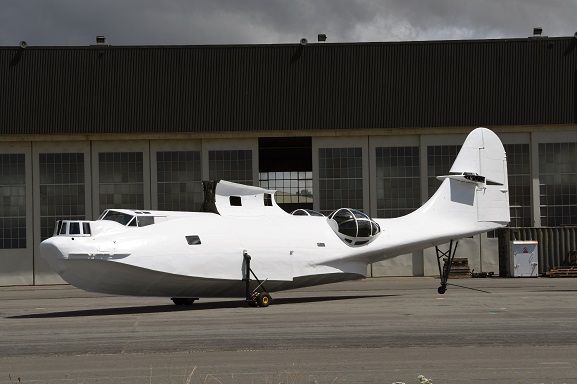


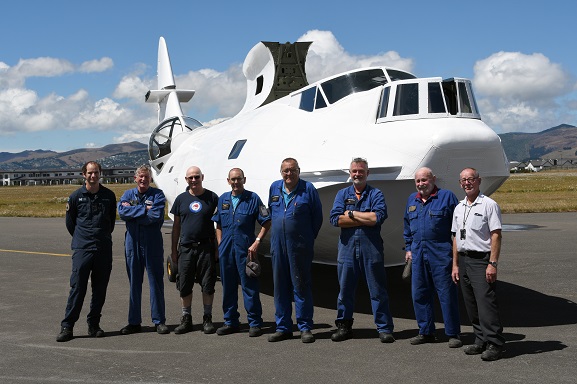
To view a full selection of walkaround photos of the aircraft at the conclusion of the project, click here.
Update 5 February 2021
The team have now completed the install of the Catalina’s side blisters, rudder and a section of tailplane. A big thank you to Award Plastics for their support in manufacturing the blisters.
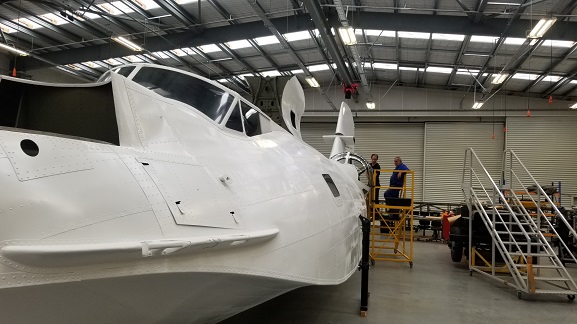

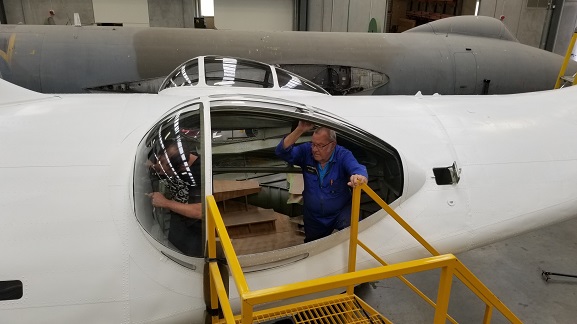
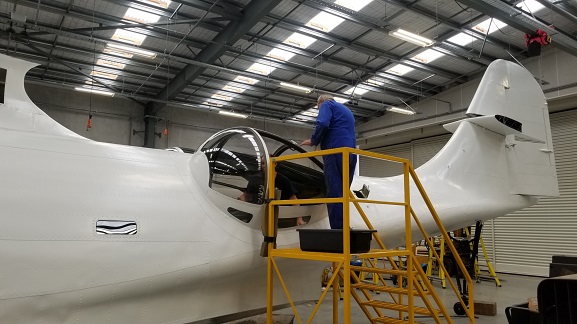
Update 2 February 2021
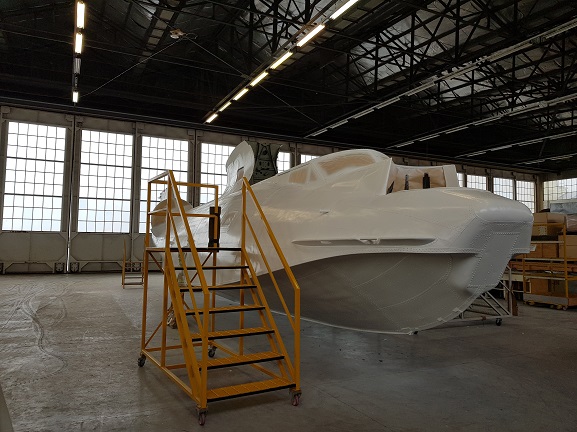

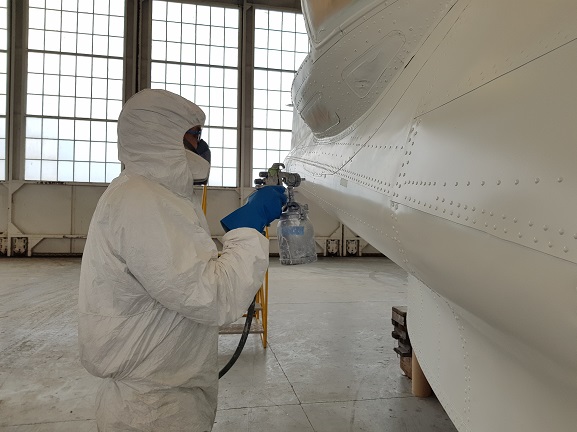
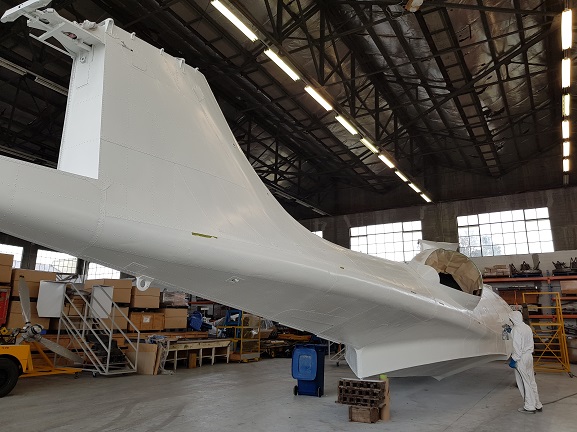

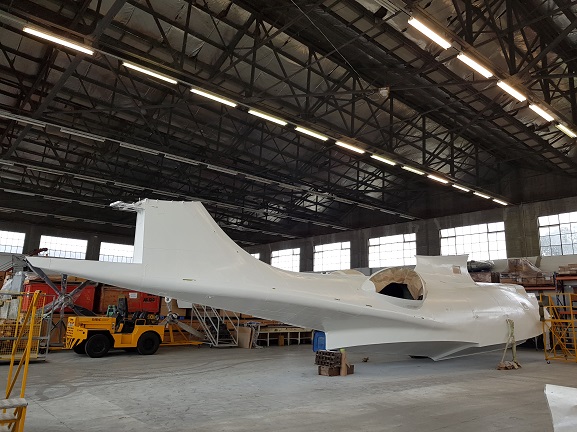
After a long hiatus, our Safety and Surface Technician, Nathan Bosher, has just finished giving the Catalina an all-over paint which will act as a preservative layer.
Having been stabilised and conserved, it is now very near to the point where it’s ready to go back into storage, while we shift focus to the significant Vickers Vildebeest project. All that’s left is for the side blisters, rudder and a section of tailplane to be fitted, which will occur over the next few weeks.
Update 27 December 2019
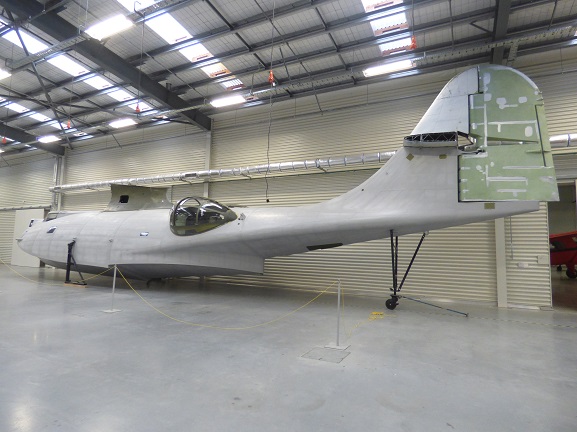
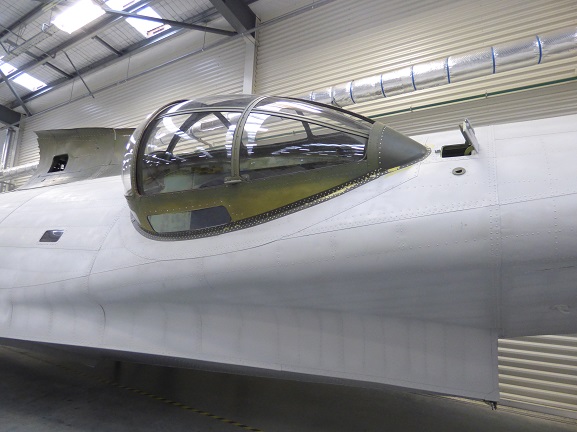


With the fitting of the blisters, front turret, upper pylon, fin and rudder, along with a sectioned tailplane, we have reached the point where the hull is almost ready for painting, which will hopefully occur early in the New Year. After that, work will cease, as we will have achieved the planned goal of addressing the conservation issues in this aircraft, namely, surface corrosion that had developed following many years in storage, and sealing the hull to aid in its longer-term preservation.
The Catalina has been moved to a new position against the wall of our conservation workshops, which means visitors on our behind the scenes tours now have the opportunity to view it up close! Find out more about our Daily Tour.
Update 15 March 2019


The Catalina has spent the past week in one of our reserve hangars, where our safety and surface technician, Nathan (Barf) Bosher, has been busy applying its yellow primer coat. It will receive a top coat of grey paint next. This is certainly not indicative of any future colour schemes, it is simply to act as a protective sealer. Work will continue next week, with the team giving the interior a vacuum out to remove dust and grit, before Barf begins painting inside. This will potentially take two weeks or more, and it’s possible that it will be in and out of the workshops again over the next few weeks, until the paint work is all complete.
Update 21 January 2019


Steady progress has been made on the conservation of the Catalina flying boat over the past year. Most of the surface finish has been removed and the team are undertaking bead-blasting of the hull using a portable blaster to remove corrosion. Once this has been done, the hull will be ready for painting with a primer coat and then a top coat will be applied to seal and protect the hull. At the same time, the front turret has been completed, with the turret support ring now being painted. Additionally, the observation blisters are nearing completion; one is being painted, while the other is ready for trial-fitting. They will be installed after the sealer coat is applied, leaving the fitting of the glass and Perspex panels to be done.
This is the extent of the conservation work that was originally approved by the Museum Board. It has since been decided to conserve the centre pylon and attach this in order to visually complete the hull. There is, however, no intention to proceed any further with restoration work on the Catalina beyond this. To complete a full restoration of the Catalina, including an internal fit-out, would be a very lengthy and potentially expensive undertaking, and we have other priorities in terms of conserving our existing collection. No decisions have yet been made regarding any potential future display, however, visitors can be assured that they will see it in the conservation workshops on our Daily Tour for some time yet.
If you have any questions on the Catalina project, please feel free to email our Collections team at the link below.



